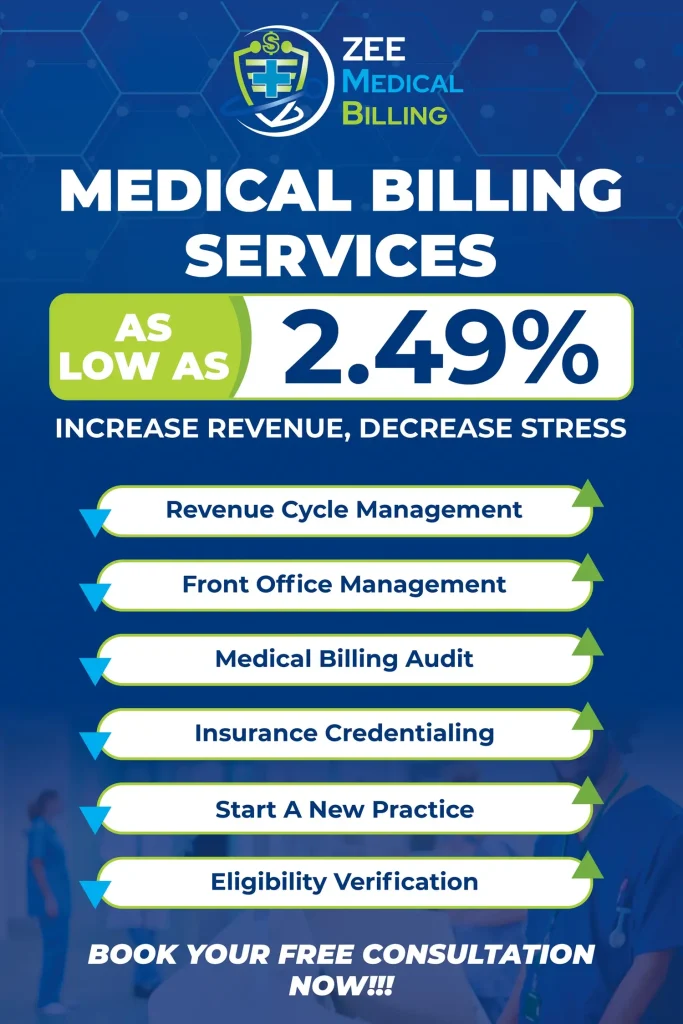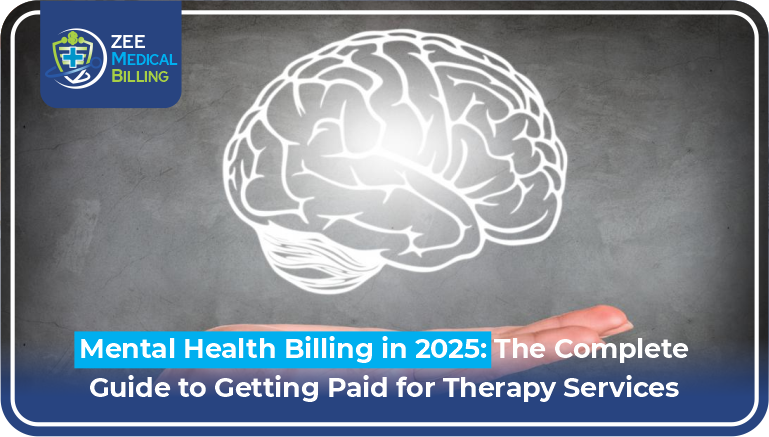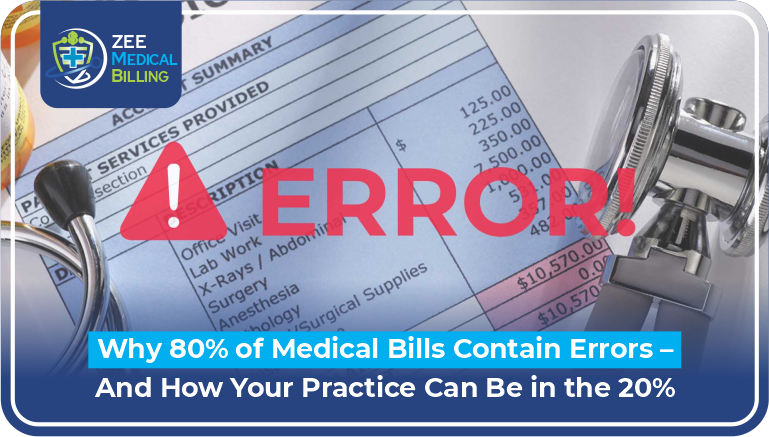When you get healthcare administration, your protection company will send you an Explanation of Benefits (EOB). Whereas it may appear complicated at first, understanding the EOB is crucial for keeping track of restorative costs, insurance scope, and what you owe. Here’s a basic step-by-step guide to help as you navigate and get your EOB with ease.
What is an Explanation of Benefits (EOB)?
An EOB is an articulation sent by your health protection company after you’ve gotten restorative care. It outlines how your claim was prepared, counting what the insurance secured, what you owe, and why certain charges may not have been secured. Importantly, the EOB is not a bill—it’s a summary. A partitioned bill from your healthcare supplier will ordinarily come after the EOB if you owe money.
Step 1: Look at the Header Information
When you open your EOB, the first thing you’ll see is common data about your insurance claim. This segment typically includes:
- Patient’s title: This affirms the EOB is for the right person.
- Insurance supplier subtle elements: This incorporates the title of the insurer, their contact data, and the approach number.
- Claim number: This is one of a kind to the particular benefit or treatment.
- Date of benefit: This is the date you received medical care.
- Provider details: The title of the specialist, hospital, or healthcare supplier that rendered the service.
- Policy details: Your protection plan sorts or approaches information.
Make sure all the points of interest are correct, as errors can delay handling or create discrepancies.
Read More: Top 5 Common Medical Billing Mistakes and How to Avoid Them
Step 2: Get the Claim Summary Section
Next, you’ll see a claim rundown that breaks down the details of the administrations received. Key components of this area include:
- Billed amount: This is an add-up to the amount charged by the healthcare supplier for the administrations you received.
- Allowed amount: This is the sum your protection company considers “reasonable” for the benefit. It’s frequently lower than the amount charged, as numerous protection plans arrange rates with providers.
- Amount secured by protections: This is how much your protection company paid for the benefit, based on your policy’s scope and the allowed amount.
- Patient responsibility: This appears to be what you are required to pay. It incorporates copays, coinsurance, and any amounts not secured by insurance.
Step 3: Survey the Payment Details
This area gives a nitty-gritty breakdown of payments made:
- Amount connected to deductible: Your deductible is the sum you are required to pay out-of-pocket before your protections kick in. The EOB will show how much of the cost was connected to your deductible.
- Amount applied to coinsurance: If your protection has coinsurance (you pay a rate of the costs after applying your deductible), the EOB will list how much you’ve paid toward this portion.
- Amount connected to out-of-pocket greatest: A few protection plans have an out-of-pocket maximum, which limits how much you pay for secured services in a year. The EOB will reflect how much of your costs contribute to this limit.
Step 4: Check for Denied or Adjusted Claims
Sometimes, your protections might not cover all the billing charges. The EOB will clarify why. Common reasons for refusal or alteration include:
- Non-covered administrations: The benefit may not be secured beneath your protection arrangement, so you are responsible for the whole amount.
- Out-of-network suppliers: If you have gotten care from a supplier who is not in your protection arrangement, the repayment may be lower, or the claim may be in part denied.
- Missing data: The healthcare supplier may not have given the correct codes or data to the safety net providers, leading to a delay or denial of payment.
- Pre-existing condition: A few protection arrangements don’t cover treatment related to pre-existing conditions unless certain prerequisites are met.
If a claim is denied or balanced, the EOB will regularly give instructions on how to debate the choice or look for advanced information.
Step 5: Get the “Amount You Owe”
This is the most critical portion of your EOB, as it tells you how much you require to pay out of pocket. The quiet obligation area will break down any remaining adjustments, including the following:
- Deductibles: If you haven’t, however, met your deductible, the EOB will show how much is left for you to pay.
- Co-payments: A few services require a settled co-payment, which will appear here.
- Co-insurance: This is the rate of the cost that you are responsible for after receiving your deductible.
Once you’ve surveyed the amount you owe, make sure to cross-check it with the bill you get from the supplier. The sums should be coordinated unless extra charges have happened after the insurance instalment was processed.
Read More: Streamlining Your Therapeutic Billing Handle in 2025
Step 6: Check for Special Notes or Messages
Some EOBs incorporate important messages or notes. These might be about:
- Appeals: If you disagree with the protections of the company’s choice (e.g., if a claim was denied), the EOB will incorporate information on how to record an appeal.
- Medical records: Occasionally, protection companies will ask for extra documentation to prepare a claim, such as medical records or verification of earlier authorization.
- Explanation of benefits language: Protection companies sometimes incorporate a glossary or assist details clarifying terms utilized in the EOB.
Step 7: Affirm Your EOB with the Provider’s Bill
After getting the EOB, you should get a charge from the healthcare supplier. The provider’s bill should coordinate the “sum you owe” recorded on the EOB. If there are errors, contact your supplier and your protection company to resolve them.
Step 8: Know When to Contact Your Insurance or Provider
If there’s something unclear on your EOB or if the amounts don’t appear right, take these steps:
- Contact your protection company: If you have questions about your benefits, how a claim was processed, or why a benefit was denied, reach out to your protection company. Their client benefit should be able to walk you through the points of interest of the claim.
- Contact the provider’s office: If you see a billing mistake or the amount recorded as “quiet duty” doesn’t coordinate with the agreed-upon payment, contact the healthcare supplier directly.
Conclusion
Understanding your Explanation of Benefits (EOB) is key to overseeing healthcare costs and guaranteeing your protection works as expected. By taking this step-by-step approach, you can certainly review each segment, identify mistakes or errors, and guarantee that you’re only paying what you owe. Routinely reviewing your EOBs will help you remain on top of your healthcare accounts and avoid surprise charges down the road.
Don’t hesitate to reach out to your protections company or supplier if you ever feel uncertain. The more informed you are, the better you can explore your healthcare costs and keep your financial health in check.









